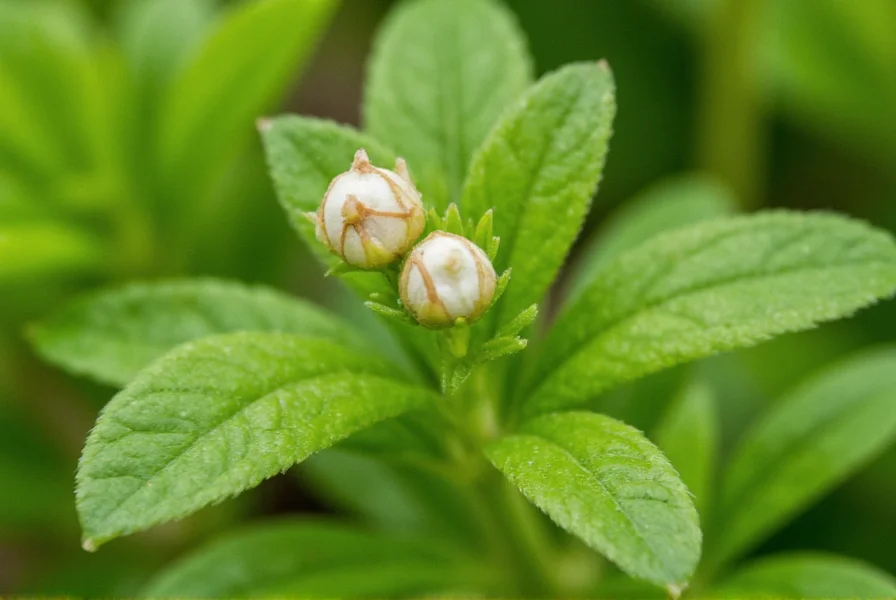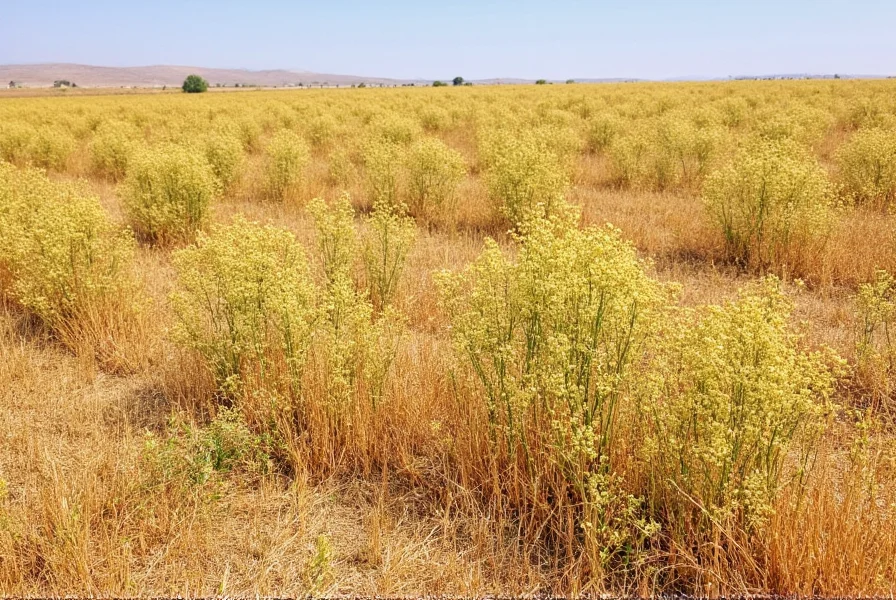When searching for information about a “cumin tree,” many people encounter confusion due to a persistent botanical misconception. The reality is straightforward: cumin comes from an herb, not a tree. Understanding this distinction is essential for gardeners, culinary enthusiasts, and anyone interested in the origins of this popular spice.
Botanical Reality: Cumin Is an Herb, Not a Tree
Cuminum cyminum, the scientific name for the cumin plant, belongs to the Apiaceae family, which includes parsley, carrots, and dill. This annual plant typically reaches heights of only 8-20 inches (20-50 cm) with slender stems and finely divided leaves. The plant produces small white or pink flowers that develop into crescent-shaped seeds – the cumin seeds used in kitchens worldwide.

Why the “Cumin Tree” Misconception Persists
Several factors contribute to the widespread belief in a cumin tree:
- Regional naming confusion: In some areas, local names for different plants may sound similar to “cumin”
- Similar-sounding plants: The “cumming tree” (actually Capparis spinosa, the caper bush) causes frequent confusion
- Caraway confusion: Caraway (Carum carvi) is closely related and sometimes mistaken for cumin
- Translation issues: In some languages, terms for different spice plants may be translated imprecisely
Actual Cumin Plant Characteristics
| Characteristic | Details |
|---|---|
| Plant Type | Annual herb |
| Height | 20-50 cm (8-20 inches) |
| Flowers | Small white or pink in umbels |
| Seeds | Crescent-shaped, 3-6 mm long, yellow-brown |
| Native Region | Mediterranean and Western Asia |
| Harvest Time | When seeds turn brown (about 4 months after planting) |
Cumin Cultivation Process Explained
Commercial cumin production follows a specific agricultural process that differs significantly from tree cultivation:
Growers plant cumin seeds in well-drained soil after the last frost. The plants require full sun and moderate water. Unlike trees that take years to mature, cumin completes its life cycle in a single growing season. Farmers harvest the plants when the seeds turn brown but before they scatter naturally. After cutting the plants, they dry them and thresh to separate the valuable seeds.
Major cumin-producing countries include India, Iran, Syria, Mexico, and Chile. India alone produces approximately 70% of the world's cumin supply, primarily in the states of Gujarat and Rajasthan.

Distinguishing Cumin from Commonly Confused Plants
Understanding the differences between cumin and similar plants helps clarify the “cumin tree” misconception:
- Cumin vs. Caraway: While both are in the Apiaceae family, caraway (Carum carvi) has more curved seeds with distinct ridges and a different flavor profile
- Cumin vs. Fennel: Fennel seeds are larger, greener, and have a pronounced anise flavor
- Cumin vs. Cumming Tree: The caper bush (Capparis spinosa) is sometimes called “cumming tree” but produces entirely different edible parts (flower buds, not seeds)
Practical Implications for Gardeners and Cooks
For home gardeners interested in growing cumin, understanding its true nature as an annual herb rather than a tree affects cultivation practices:
- Cumin requires warm temperatures (70-85°F / 21-29°C) and cannot survive frost
- Unlike trees, cumin completes its life cycle in one season and must be replanted annually
- The plant needs well-drained soil and moderate watering – too much moisture causes root rot
- Cumin seeds should be harvested when mature but before they scatter naturally
Chefs and food enthusiasts benefit from understanding cumin's true botanical origins when selecting quality spices. Freshly harvested cumin seeds have a distinctive warm, earthy flavor with citrus notes that diminish over time. Proper storage in airtight containers away from light preserves flavor longer than many realize.
Conclusion: Setting the Record Straight on Cumin
The “cumin tree” is a persistent myth with no botanical basis. Cumin comes exclusively from Cuminum cyminum, an annual herb that completes its life cycle in a single growing season. This clarification matters for accurate agricultural practices, proper culinary use, and understanding the true origins of this globally important spice. When researching spice plants, verifying scientific names prevents confusion caused by regional naming variations and common misconceptions.
Frequently Asked Questions
Does cumin grow on trees or bushes?
Cumin does not grow on trees or bushes. It comes from Cuminum cyminum, an annual herb that typically reaches only 8-20 inches in height. The misconception of a cumin tree likely stems from confusion with similarly named plants or regional naming differences.
What plant actually produces cumin seeds?
Cuminum cyminum, a member of the Apiaceae family (which includes parsley and carrots), produces cumin seeds. This annual herb features slender stems, finely divided leaves, and small white or pink flowers that develop into the characteristic crescent-shaped seeds used as a spice worldwide.
Why do people think cumin comes from a tree?
The cumin tree misconception persists due to several factors: confusion with the caper bush (sometimes called “cumming tree”), similar-sounding names in different languages, and regional variations in plant naming. Additionally, many spices do come from trees (like cinnamon or nutmeg), creating an assumption that might not apply to cumin.
How can I grow cumin at home?
To grow cumin at home, plant seeds in well-drained soil after the last frost. Cumin requires full sun and warm temperatures (70-85°F). Keep soil moderately moist but not waterlogged. The plants mature in about 4 months, when seeds turn brown. Unlike trees, cumin is an annual that must be replanted each season and cannot survive frost.
What's the difference between cumin and caraway?
While both cumin and caraway belong to the Apiaceae family, they come from different plants. Cumin (Cuminum cyminum) has lighter brown, more elongated seeds with a warm, earthy flavor. Caraway (Carum carvi) has darker, more curved seeds with distinct ridges and a stronger anise-like flavor. The plants themselves look different, with cumin having more delicate foliage than caraway.










 浙公网安备
33010002000092号
浙公网安备
33010002000092号 浙B2-20120091-4
浙B2-20120091-4